The chest press is a cornerstone exercise for developing upper body strength, primarily targeting the chest, shoulders, and triceps. This guide will dive deep into the benefits, step-by-step instructions, common mistakes, modifications, safety tips, and frequently asked questions, providing everything you need to master this essential exercise.
- Benefits of the Chest Press
- Step-by-Step Instructions
- Chest Press Common Mistakes
- Modifications and Variations
- Safety and Precautions
- Frequently Asked Questions (FAQs)
- Try the Chest Press
Benefits of the Chest Press
The chest press is not just about building a muscular chest; it’s also a highly functional movement that benefits your overall fitness and daily life.
- Muscle Development: The chest press primarily targets the pectoral muscles, which make up the bulk of the chest. It also engages the anterior deltoids (front of the shoulders) and the triceps, helping you develop a well-rounded upper body.
- Functional Strength: The chest press mimics pushing movements used in everyday activities, such as pushing a shopping cart or lifting a heavy box. By strengthening these muscles, you improve your ability to perform daily tasks more efficiently and with less risk of injury.
- Athletic Performance: For athletes, particularly those in sports that involve swinging a bat, racket, or golf club, the chest press helps enhance power and stability in the upper body, contributing to better performance.
- Postural Support: Strengthening the chest, shoulders, and triceps also helps improve posture by balancing the muscles of the upper body. This can be particularly beneficial for those who spend long hours sitting at a desk.
Step-by-Step Instructions
The chest press can be performed using various equipment like dumbbells, barbells, or machines. Below are the steps for a dumbbell chest press:
- Setup: Lie flat on a bench or the floor with a dumbbell in each hand. If on a bench, position your feet flat on the floor. Hold the dumbbells with a neutral grip (palms facing each other) or with palms facing forward. Your arms should be bent at about 45 degrees to your body, and the dumbbells should be positioned just above your chest.
- Engage Core and Position: Engage your core muscles to stabilize your spine. Your back should maintain a natural arch (lordotic curve) without pressing too hard into the bench. Tilt your chin slightly toward your chest.
- Press: Push the dumbbells upward, extending your arms but not locking your elbows. The weights should follow a slight arc as they come together at the top, directly above your chest. Keep the movement controlled and avoid jerking the weights.
- Lower: Slowly lower the dumbbells back to the starting position, inhaling as you do. Control the descent to keep tension in the muscles and protect your joints.
- Repetitions: Start with 3 sets of 10-12 repetitions. Adjust the weight according to your strength level, ensuring you maintain proper form throughout the set.
Chest Press Common Mistakes
To maximize the effectiveness of the chest press and prevent injury, avoid these common mistakes:
- Losing Natural Back Arch: It's crucial to maintain the natural curve in your lower back. Pressing your back flat against the bench can diminish the exercise's effectiveness and increase the risk of injury.
- Elbows Flaring Out: Your elbows should be at a 45-degree angle to your body. Allowing them to flare out too much can place undue stress on the shoulder joints and reduce the engagement of the chest muscles.
- Using Too Much Weight: Lifting more weight than you can handle often leads to poor form, including arching the back excessively or using momentum to lift. Stick to a weight that allows you to complete your reps with control and proper technique.
- Moving Too Quickly: Speeding through the reps reduces muscle engagement and increases the risk of injury, particularly to the elbows. Focus on a controlled pace, with each phase of the movement (lifting and lowering) being deliberate.
- Skipping the Spotter: When lifting heavy weights, especially with a barbell, it's important to have a spotter. This person can help you if you struggle to complete a rep, ensuring your safety.
Modifications and Variations
As you progress, you can modify or vary the chest press to suit your fitness level and goals:
- Beginner Modifications: Beginners may start with a seated chest press machine, which guides the motion and reduces the likelihood of form errors. This allows for a safer introduction to chest pressing.
- Incline Dumbbell Press: By setting the bench to an incline (15-30 degrees), you can target the upper part of the chest more effectively. This variation is great for those looking to develop a fuller chest.
- Cable Chest Press: Using a cable machine adds constant tension to the movement, engaging the chest muscles throughout the entire range of motion. This is an excellent variation for those looking to increase muscle activation.
- Plate-Loaded Chest Press: This machine allows for heavier lifting with added stability. It's ideal for those looking to push their strength limits while minimizing the risk of injury.
- Standing Chest Press: Advanced lifters can try a standing chest press, which challenges core stability and balance. This variation, however, places less emphasis on the chest muscles and more on stabilizing muscles, including the transverse abdominis and erector spinae.
Safety and Precautions
Always prioritize safety when performing the chest press:
- Consult a Professional: If you have a history of shoulder, arm, or chest injuries, consult a healthcare professional or physical therapist before incorporating the chest press into your routine.
- Start Light: Begin with lighter weights to master the form before progressing to heavier loads. This helps prevent injury and ensures that the correct muscles are being targeted.
- Avoid Pain: Stop the exercise immediately if you feel any sharp pain in your shoulders, chest, or arms. This could be a sign of improper form or a potential injury.
- Use a Spotter: Especially when using heavier weights, having a spotter can help you safely complete your sets and prevent accidents.
Frequently Asked Questions (FAQs)
What muscles do chest presses work?
The chest press primarily targets the pectoral muscles but also works the anterior deltoids (shoulders), triceps, and, to a lesser extent, the biceps and serratus anterior along the upper ribcage.
Is a chest press the same as a bench press?
The terms are often used interchangeably, but there are slight differences. A bench press typically refers to using a barbell while lying flat on a bench. In contrast, a chest press can be performed with dumbbells, machines, or cables, in various positions (incline, decline, seated, standing).
How often should I do chest presses?
For muscle growth and strength, incorporating chest presses into your routine 2-3 times per week is effective, with at least one rest day in between sessions to allow for recovery.
Try the Chest Press
By now, you should have a thorough understanding of how to perform the chest press correctly, along with its benefits, potential mistakes, and variations. Incorporate this powerful exercise into your workout routine to build a stronger, more defined upper body. Remember, consistency and proper form are key to achieving the best results.


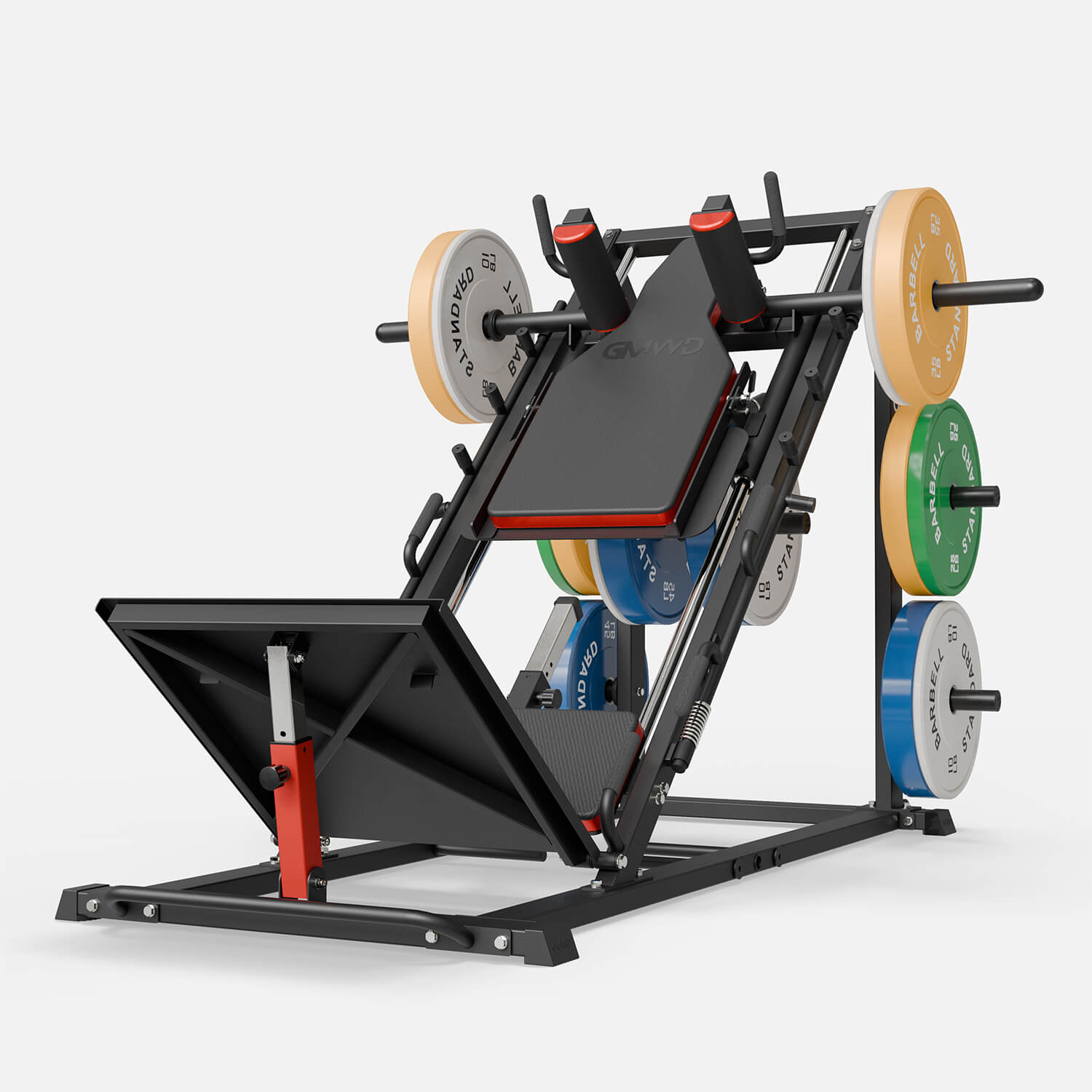

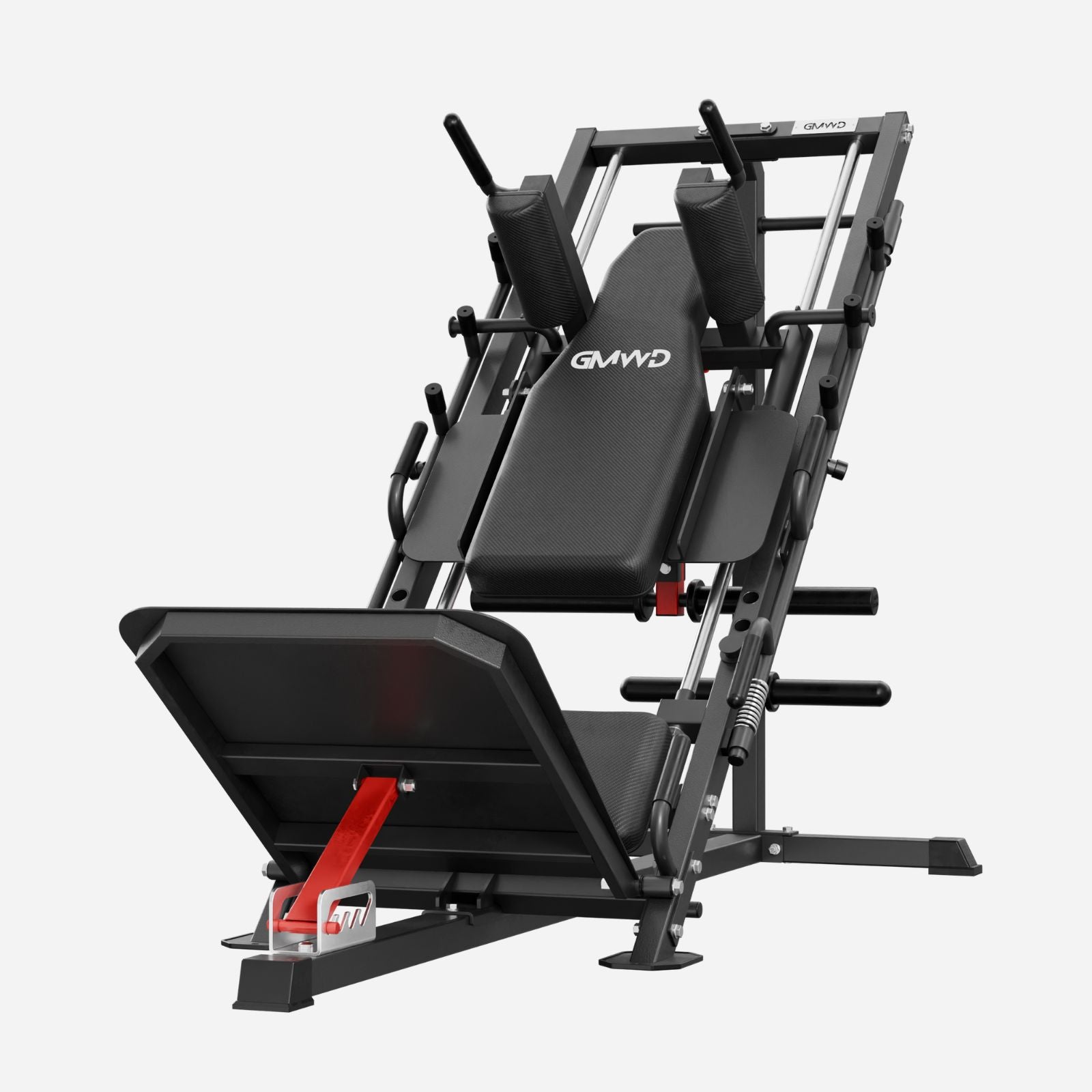
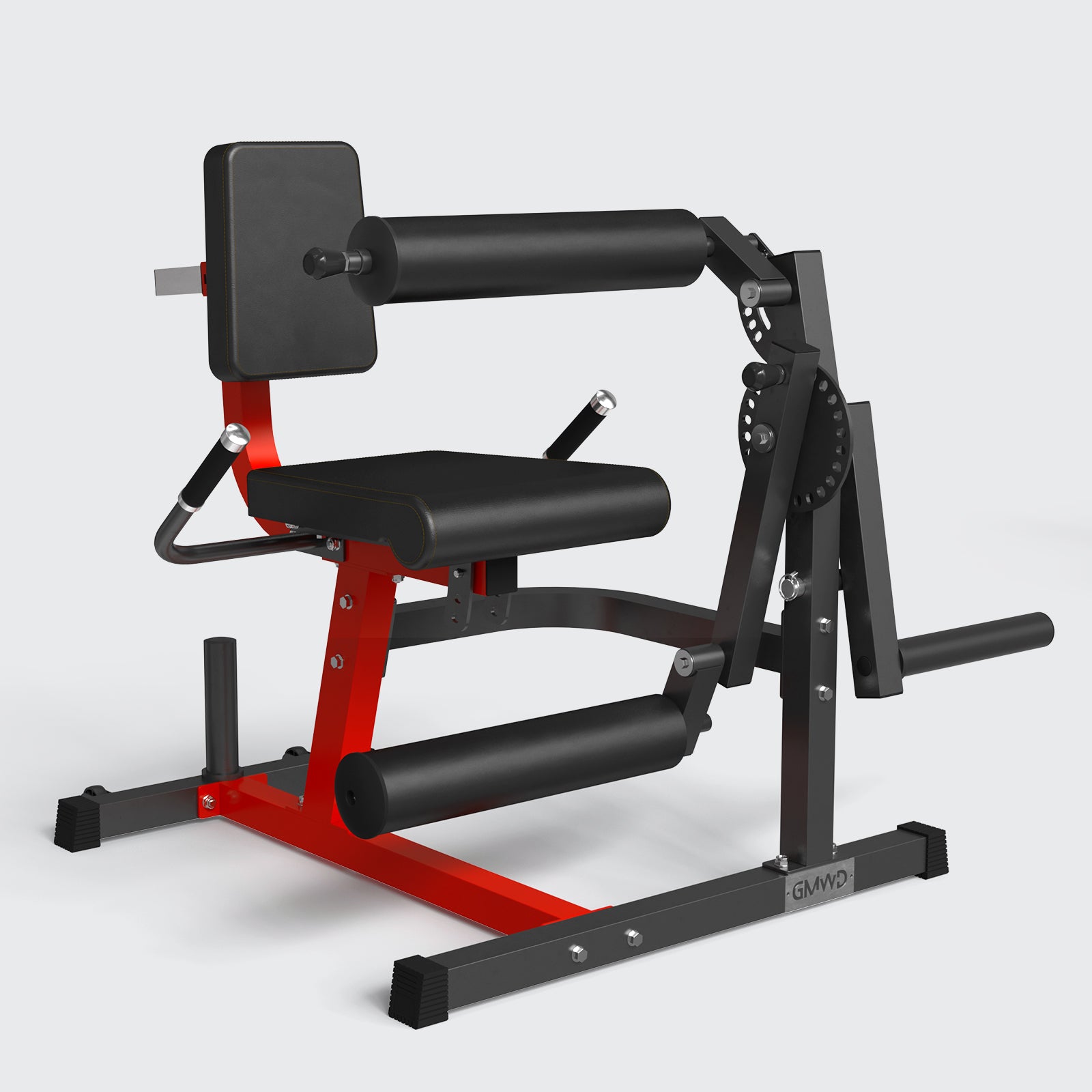

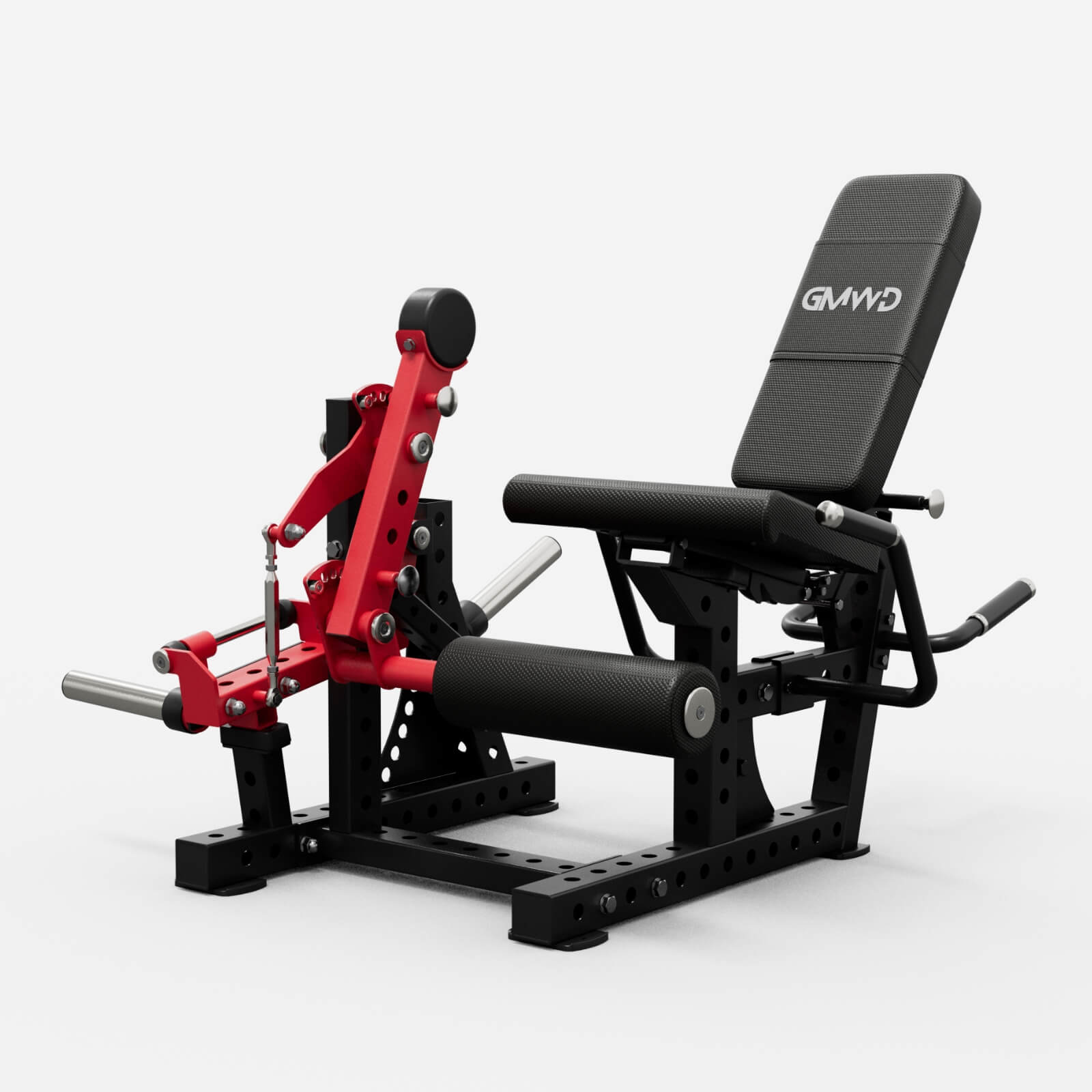
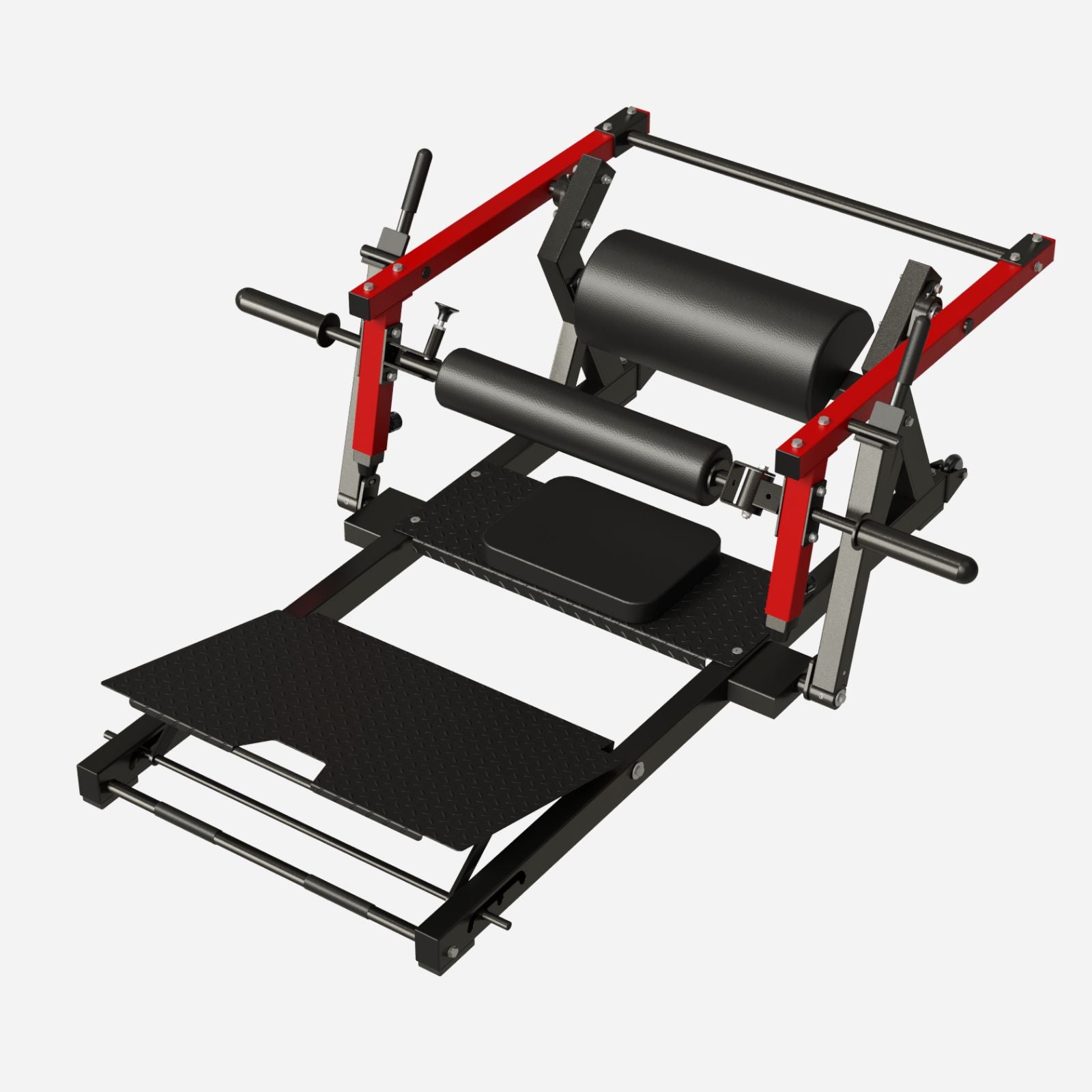
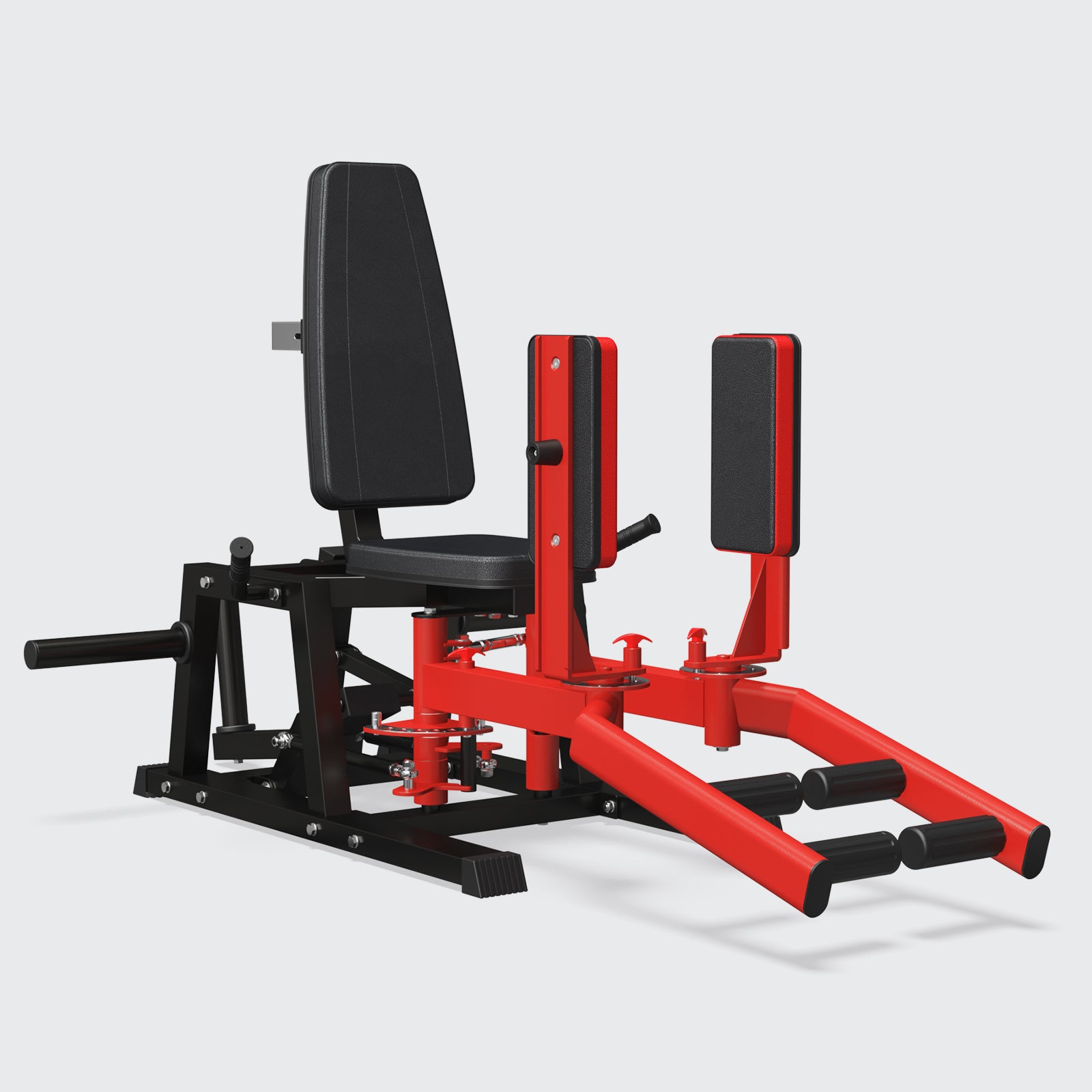

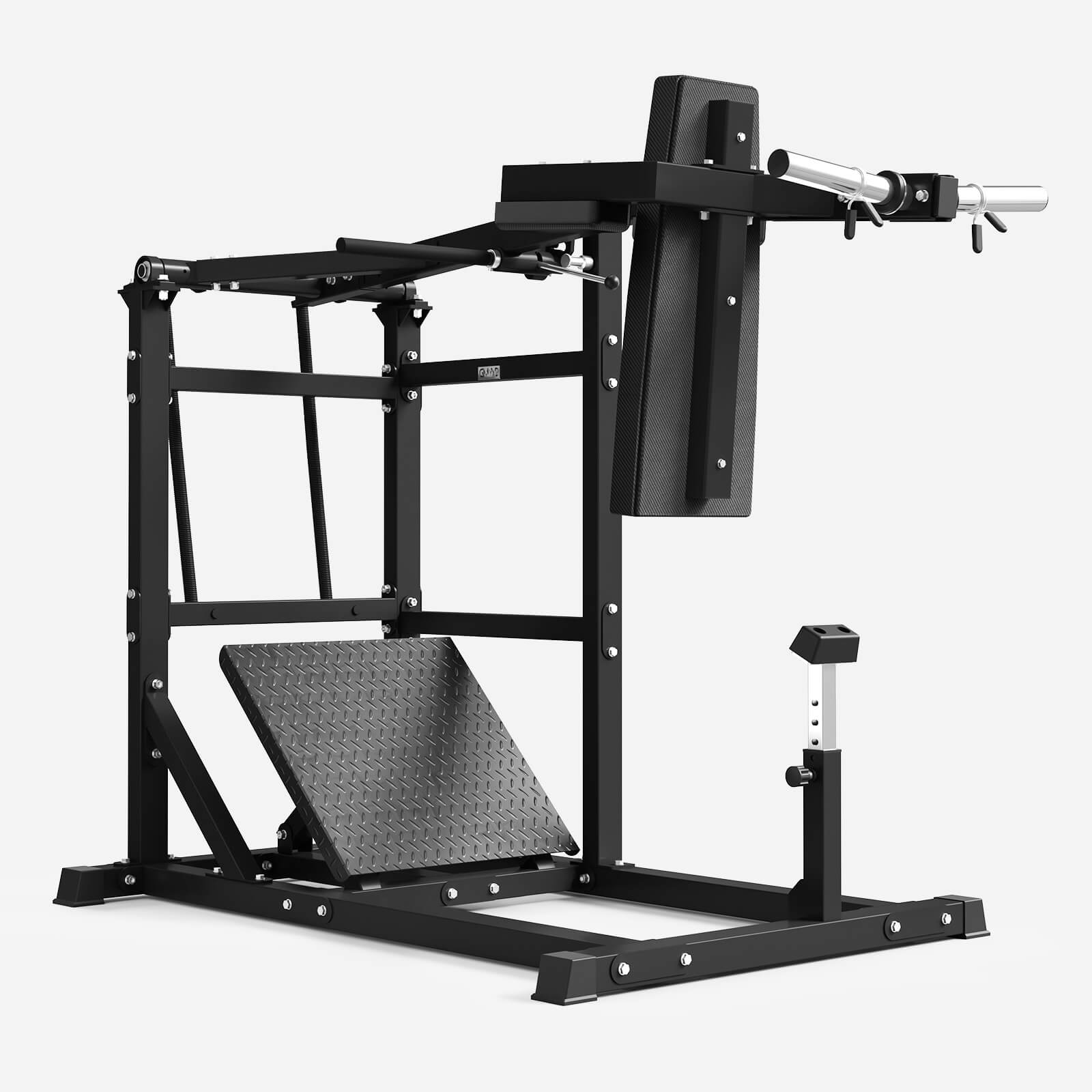

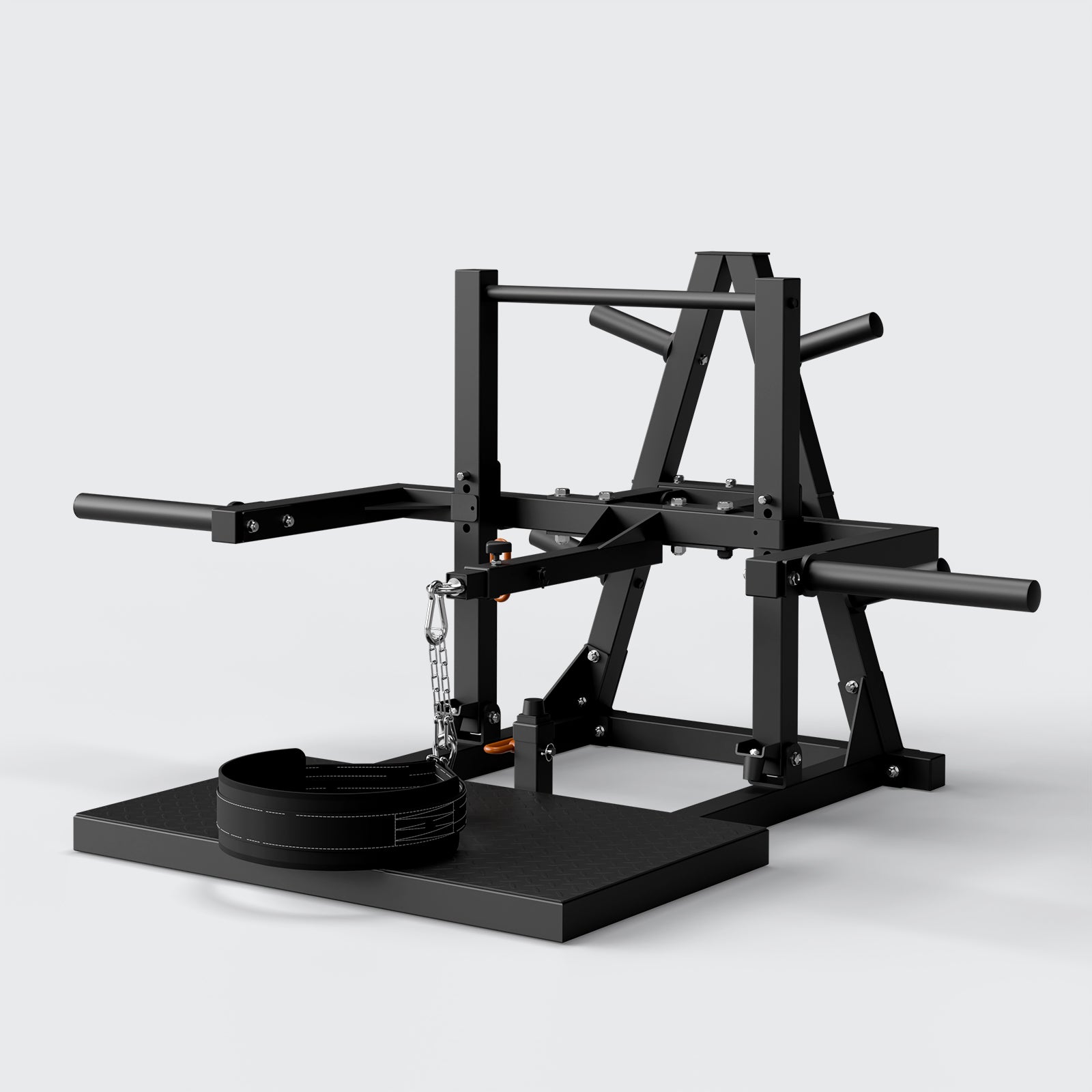

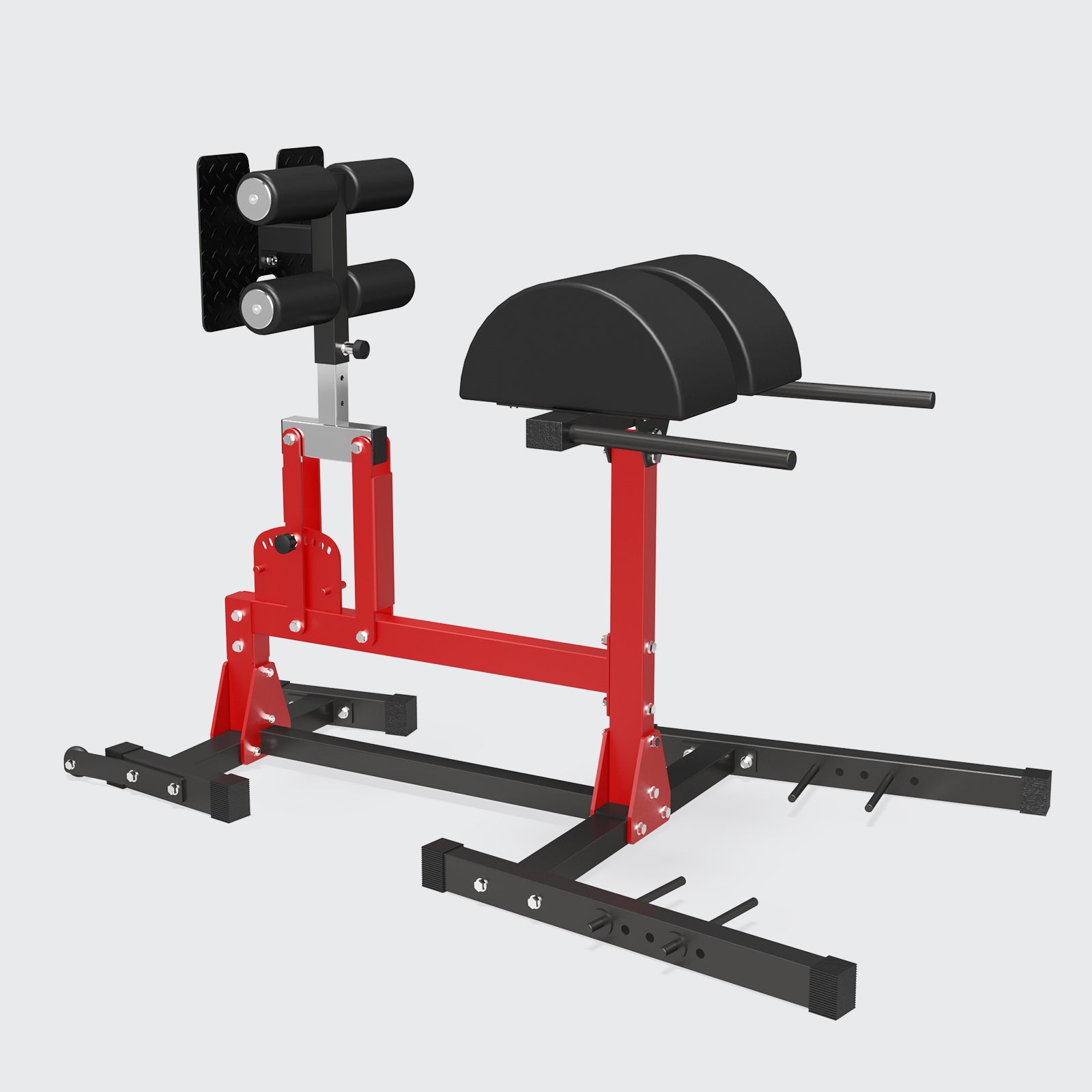
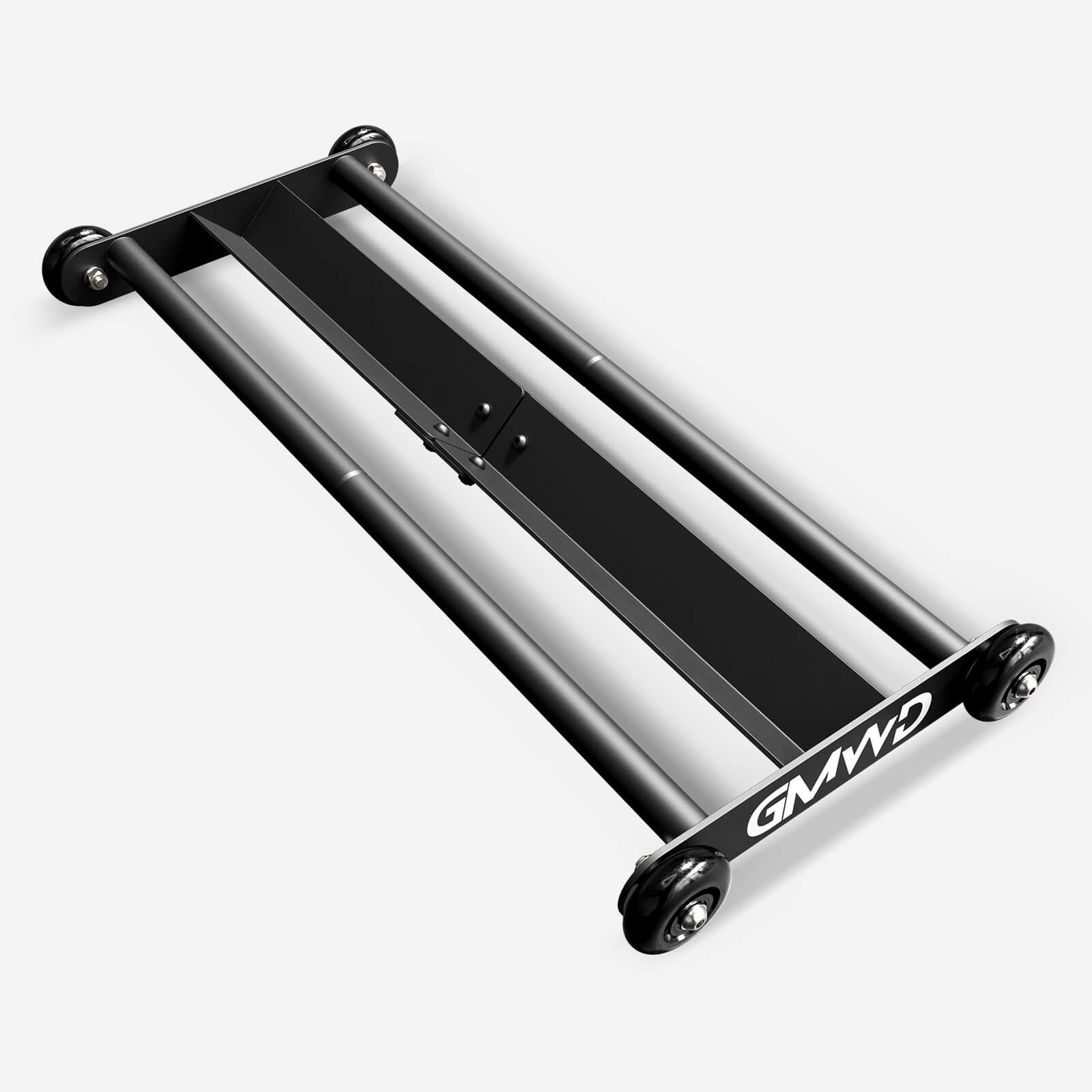
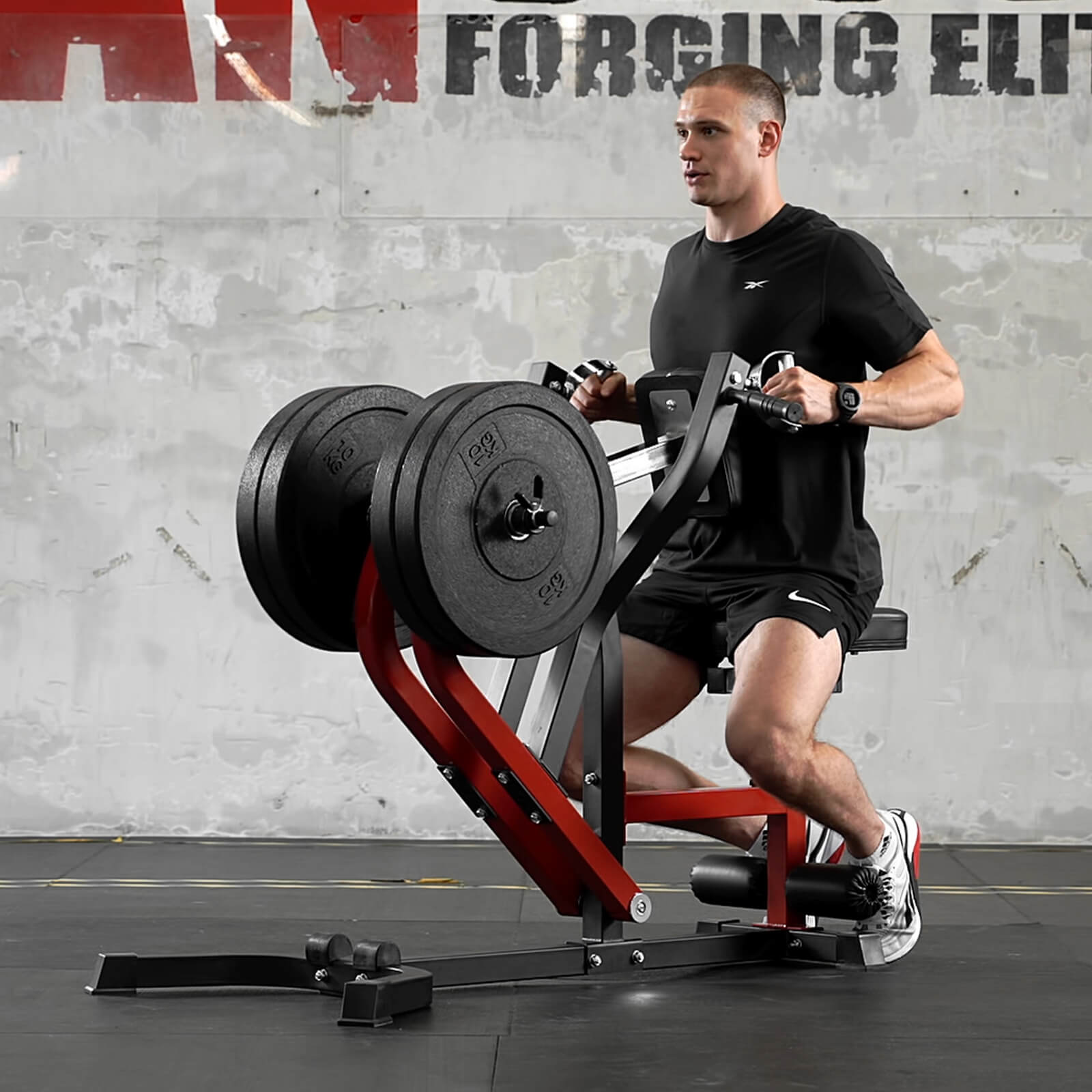

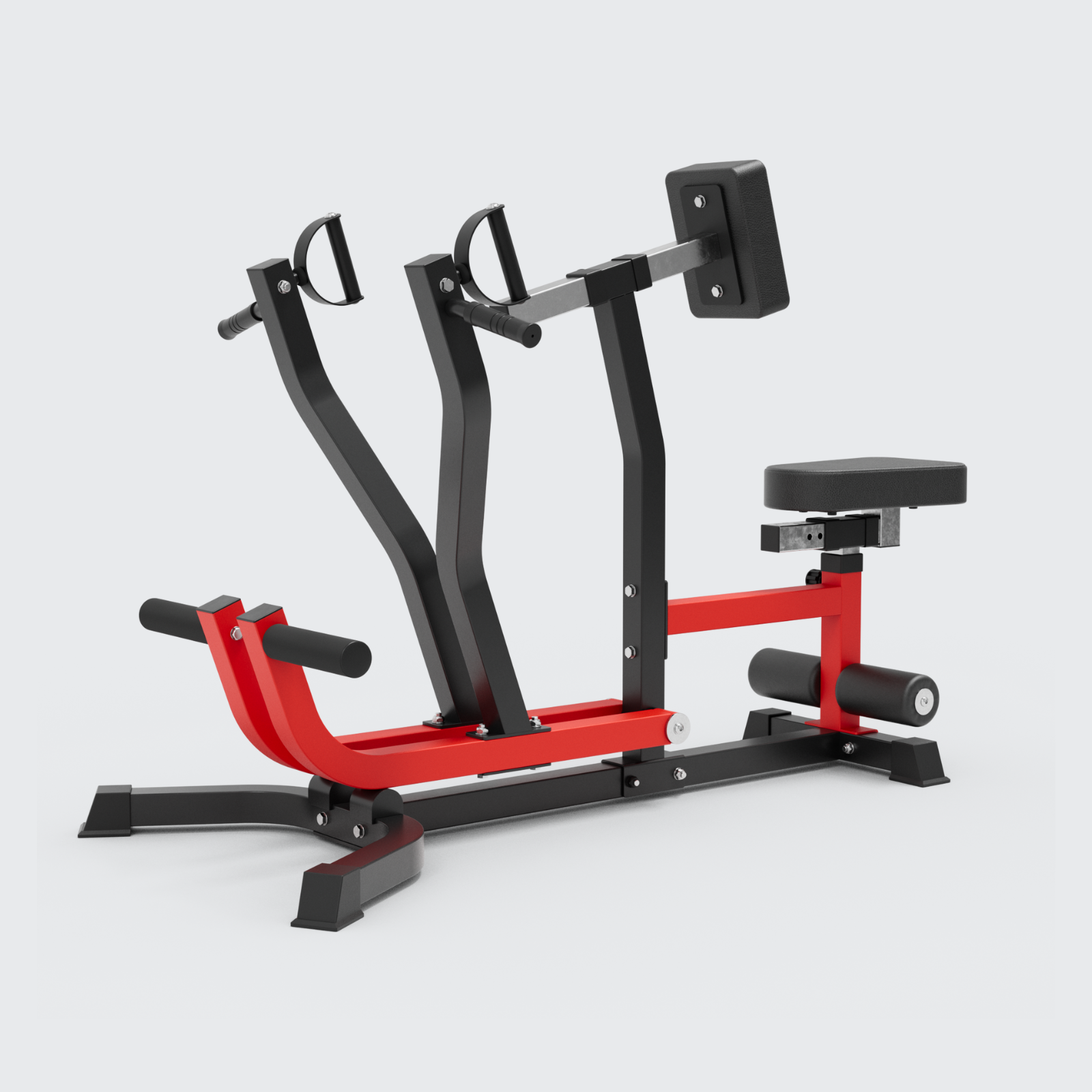



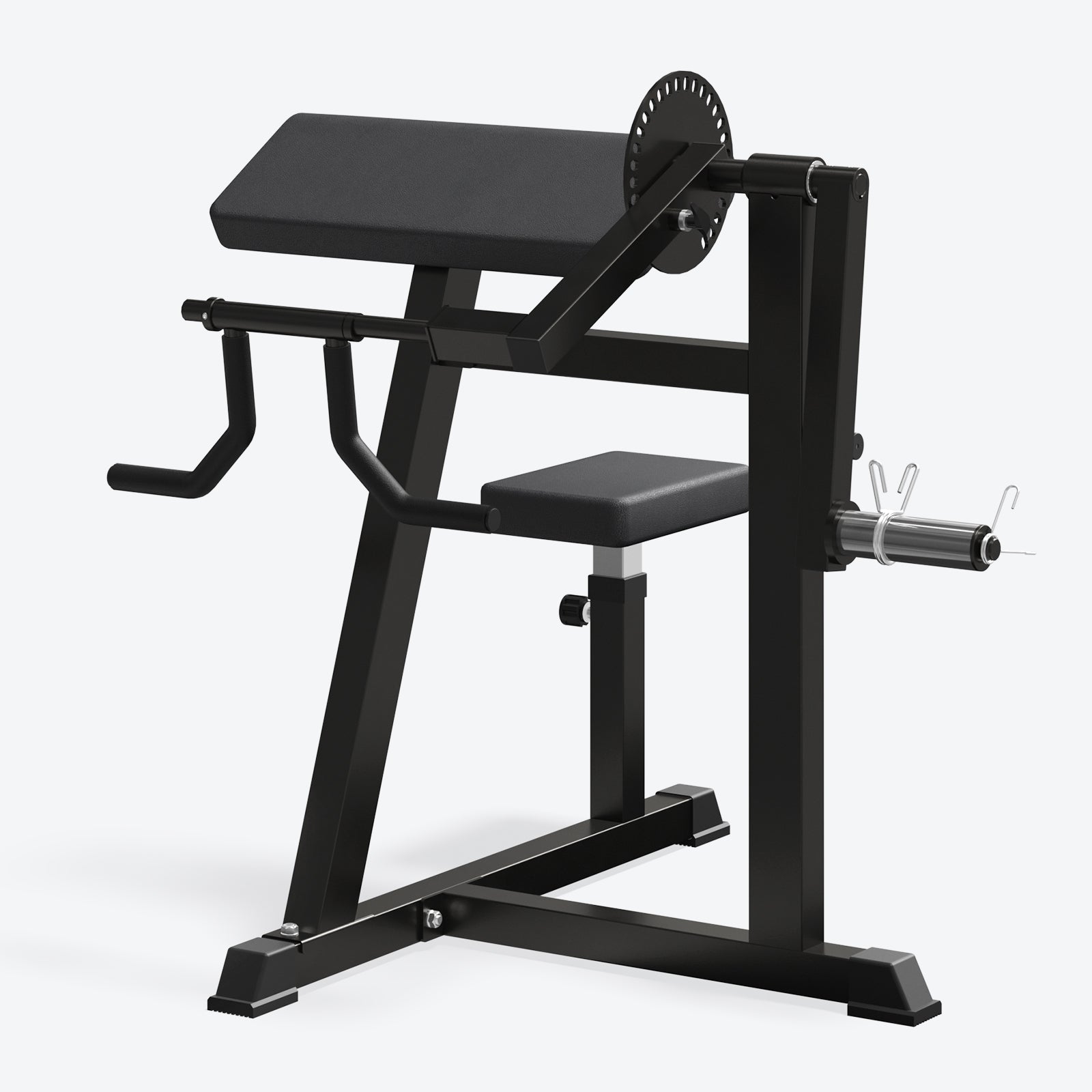
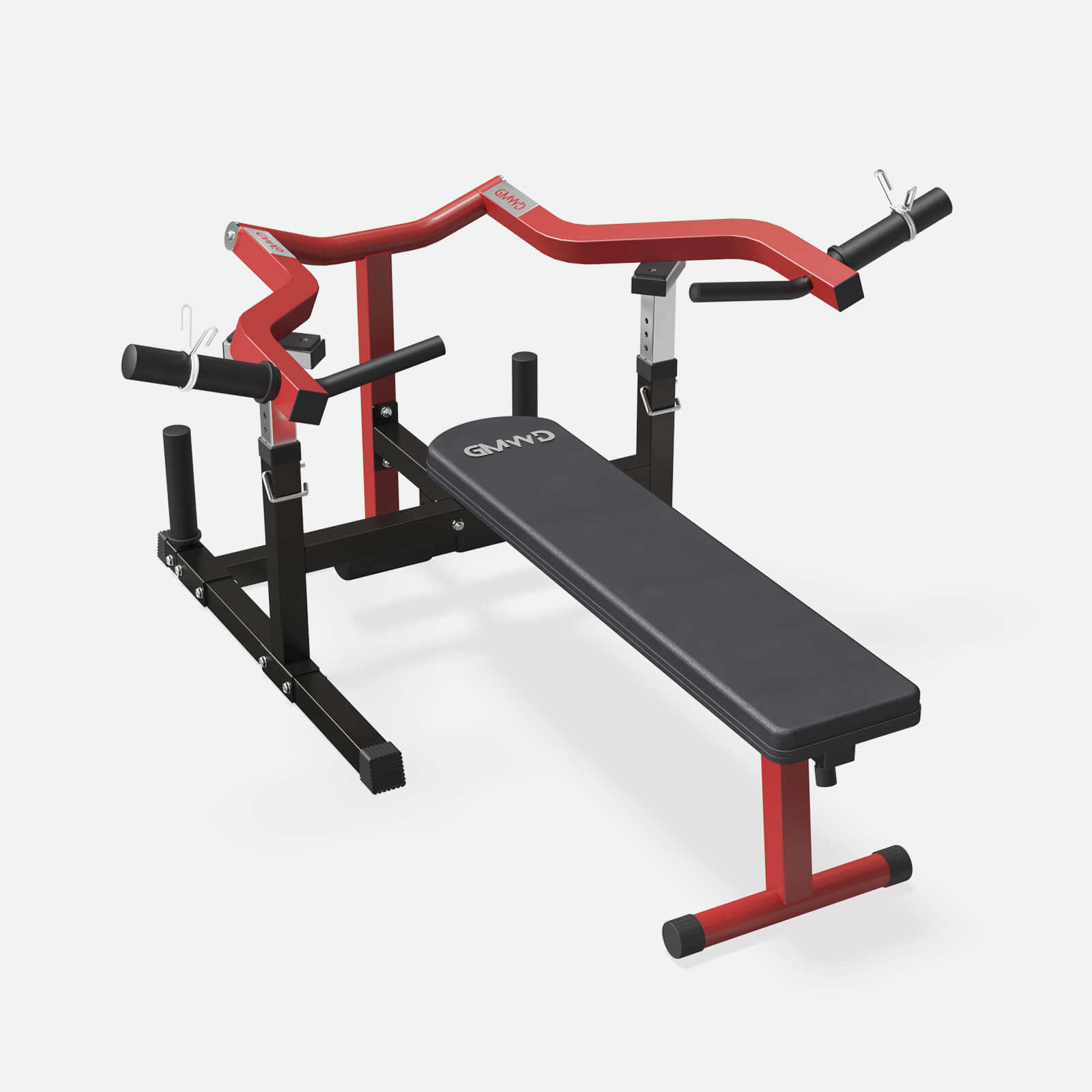

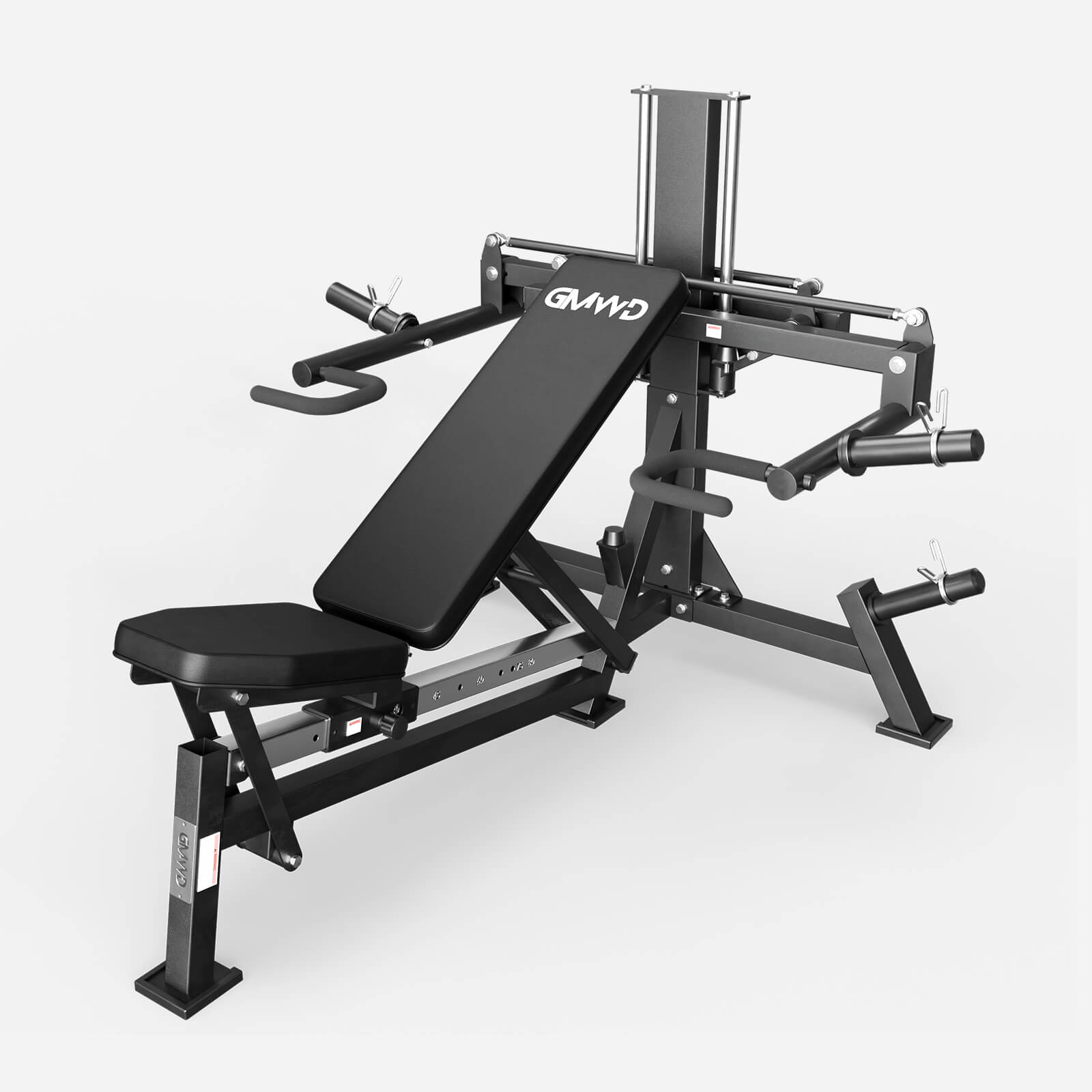
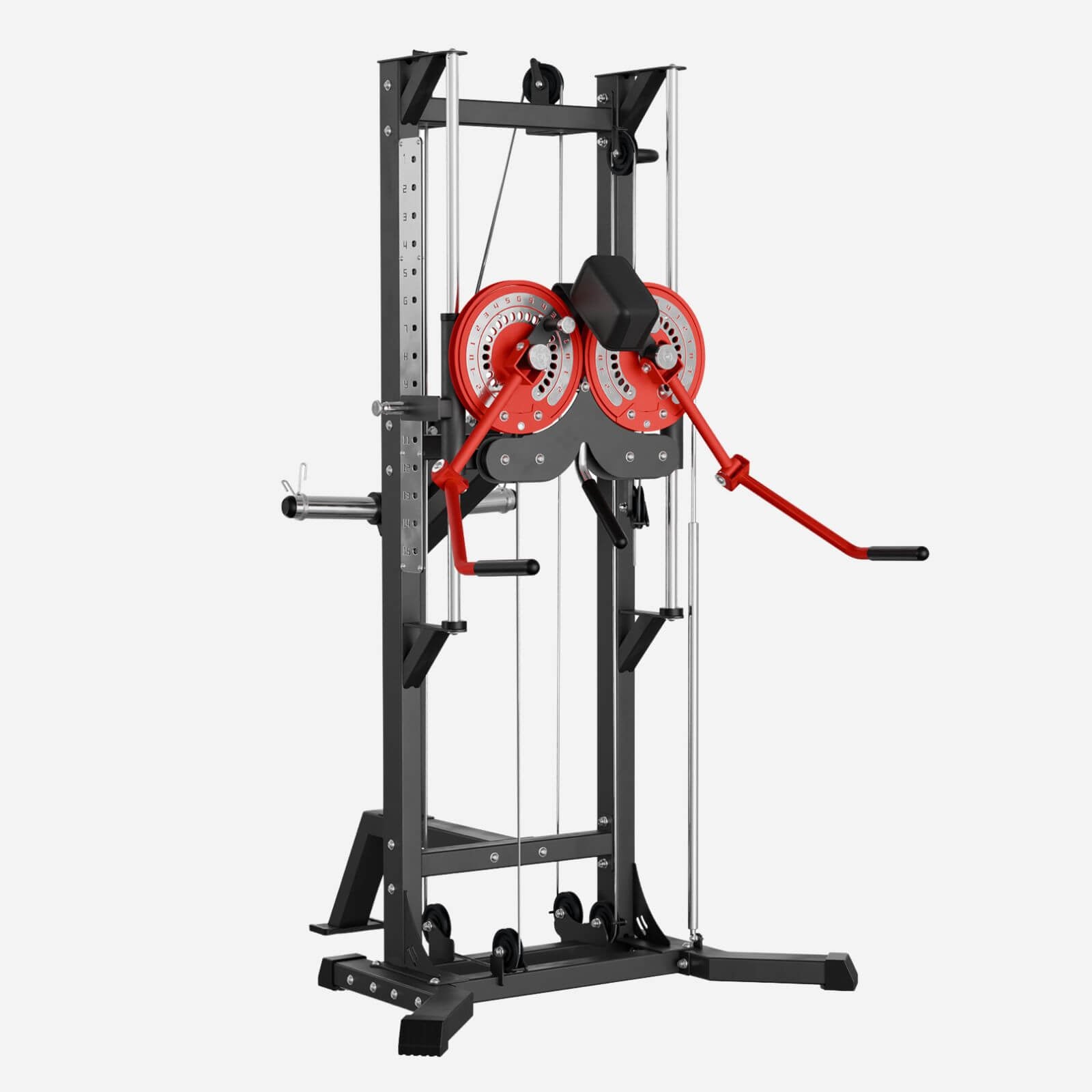

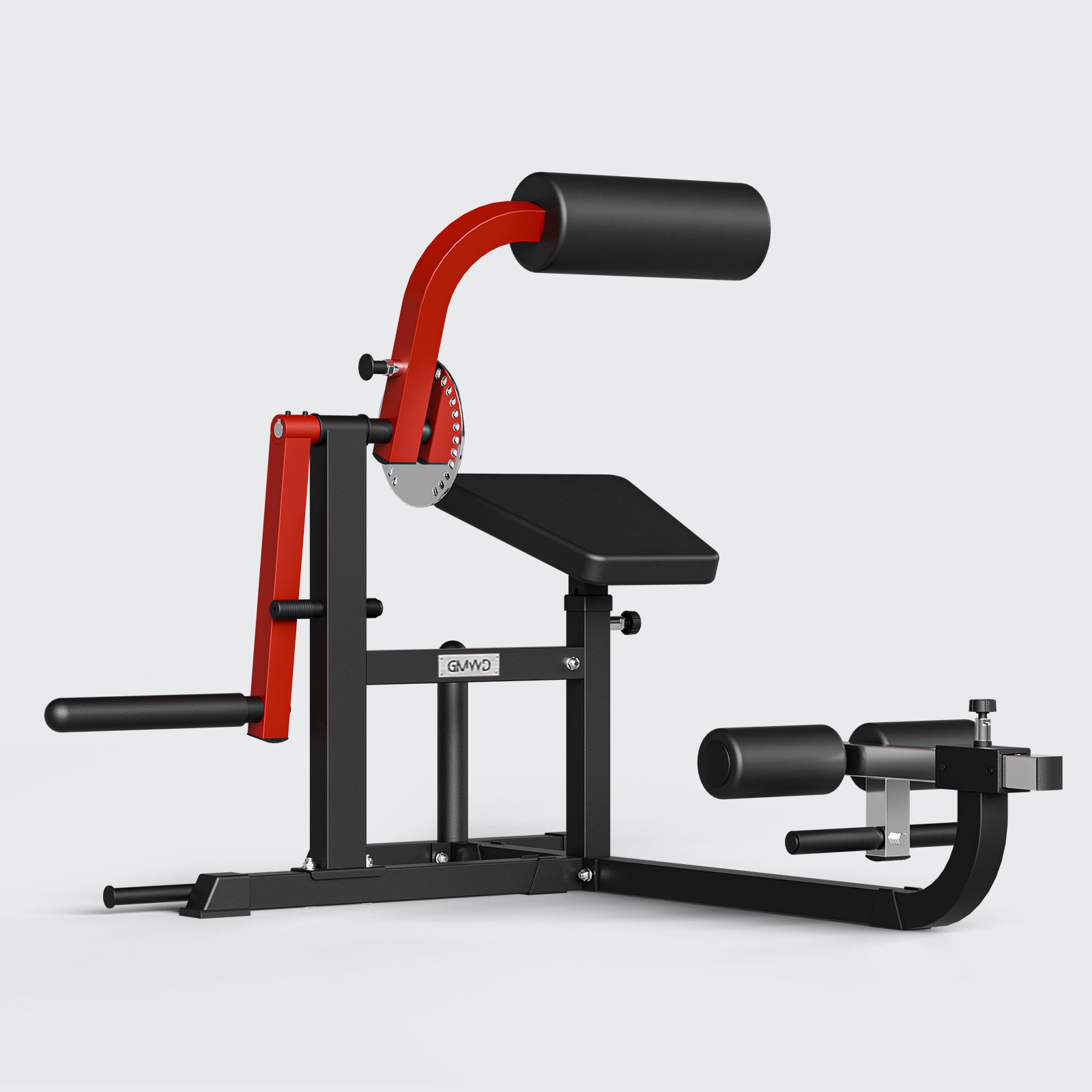

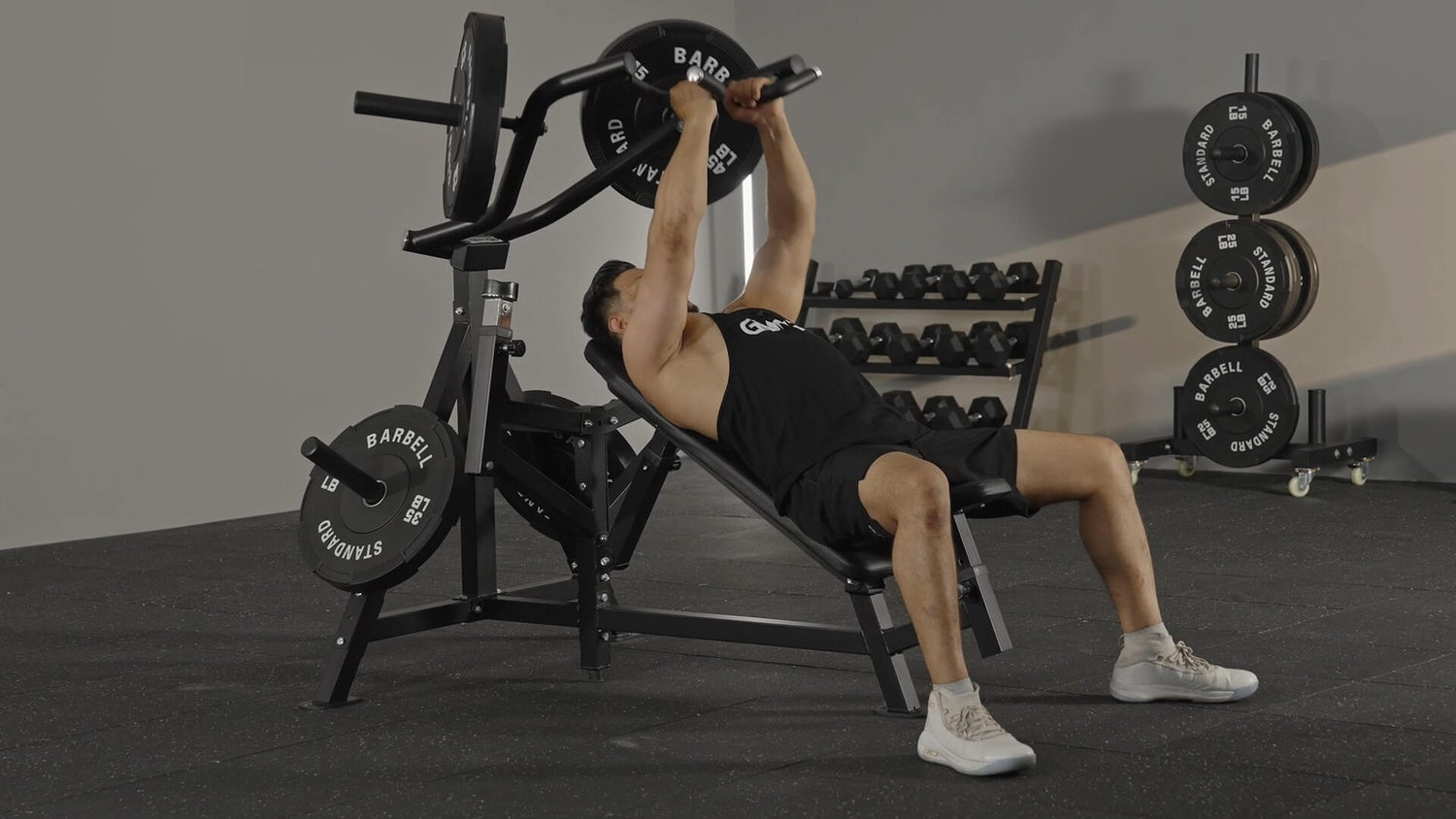
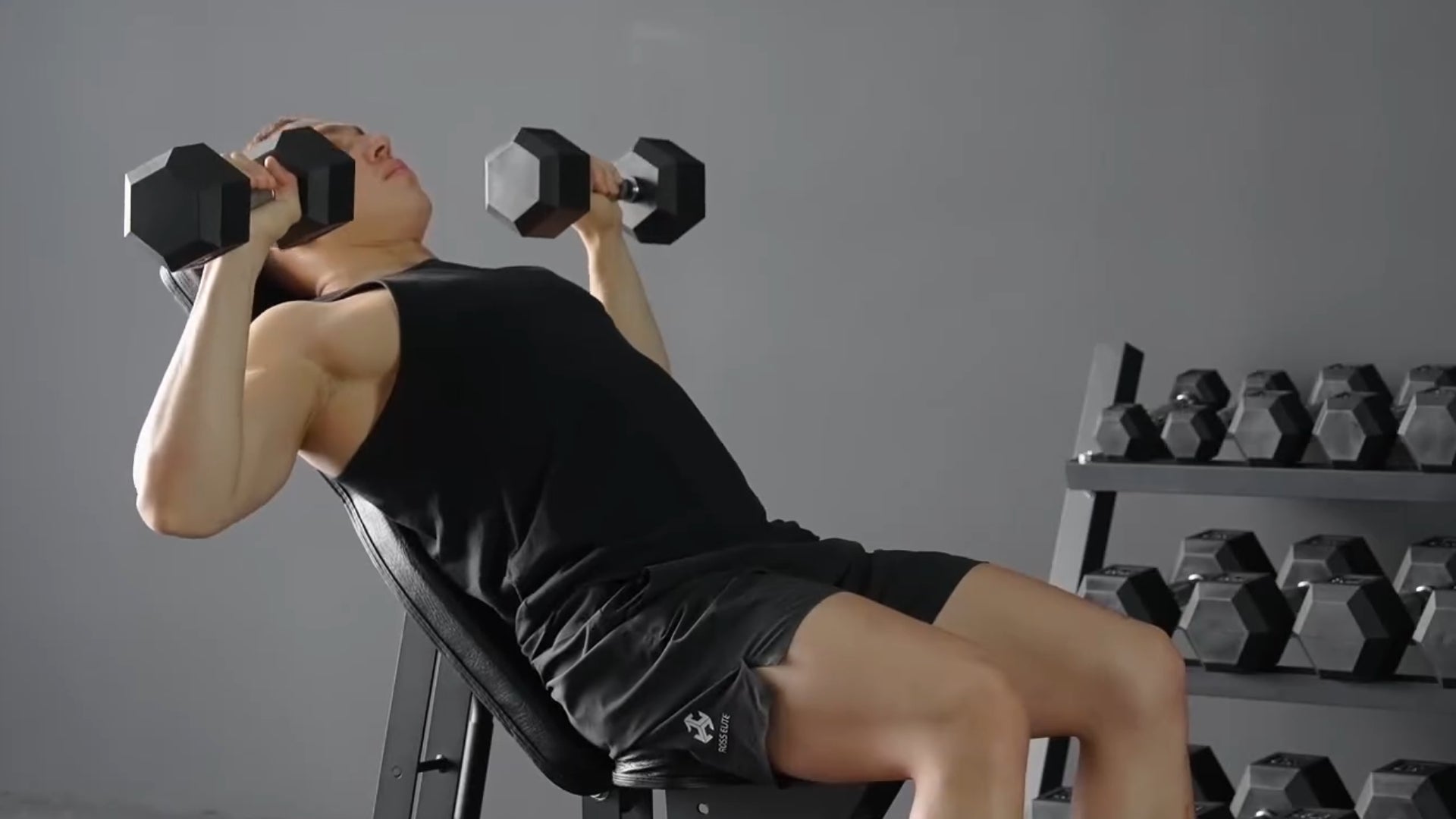
Leave a comment
All comments are moderated before being published.
This site is protected by hCaptcha and the hCaptcha Privacy Policy and Terms of Service apply.